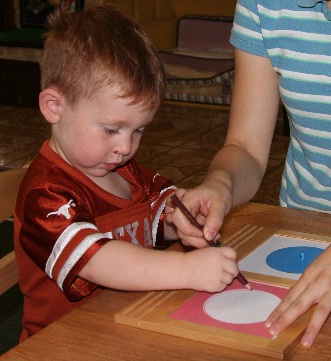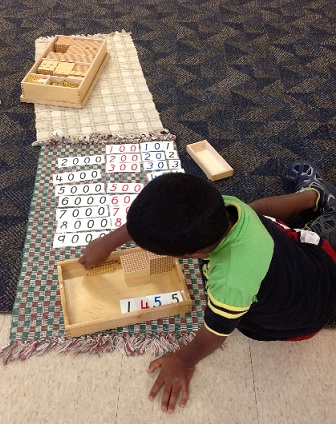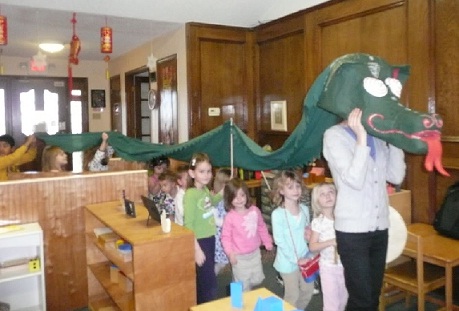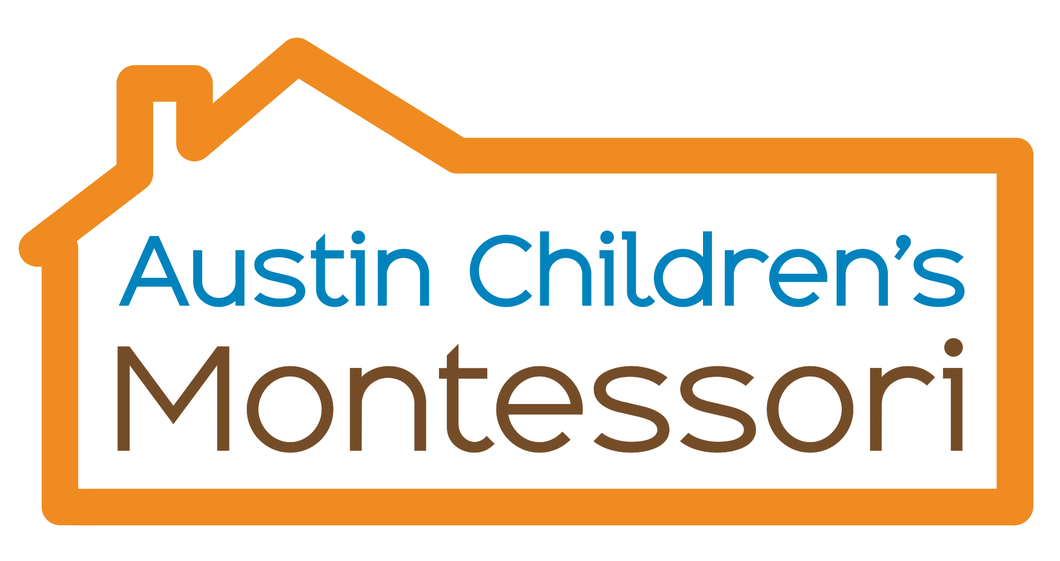 Practical Life area:
Practical Life area:
This area encourages the child’s independence and sense of order. The child learns to take care of himself, his indoor and outdoor environment. The child is presented lessons in water pouring, dressing frames, sweeping, polishing etc. All of these presentations help the child develop coordination, and concentration. Many presentations are given left to right which is an indirect preparation for reading and writing.
 Sensorial area:
Sensorial area:
The material in the Sensorial area helps the child become aware of details and refine the senses. The materials help the child see contrast and isolates on defining quality. These qualities include color, height, shape, texture, size, sound, smell, etc. Some of the materials are an indirect preparation for handwriting and geometry.
 Language:
Language:
In the Prepared Environment the child learns to read and write by feeling the sandpaper letters. The consonants are presented phonetically and the vowels are presented with the short sounds first. The child learns by speaking and feeling each letter. Once the child has built up an extensive knowledge of sounds he is introduced to the movable alphabet. The movable alphabet allows the child to spell out words. Once the child has mastered pencil control the child may start writing words. We use print in the classroom and introduce cursive later as the child matures. Grammar is introduced in the upper levels of Montessori.
 Mathematics:
Mathematics:
In the classroom, the Math concepts are presented from the concrete learning to the abstract concepts. The child manipulates materials illustrating quantity and then associates them with the number. The mathematical material is based on the decimal system. The child has completed the concept of numbers he is introduced to addition and subtraction. Addition and subtraction are also presented from the concrete to the abstract.
 Cultural Area:
Cultural Area:
The Cultural area highlights geography, history, science, anatomy, zoology, and botany materials.
